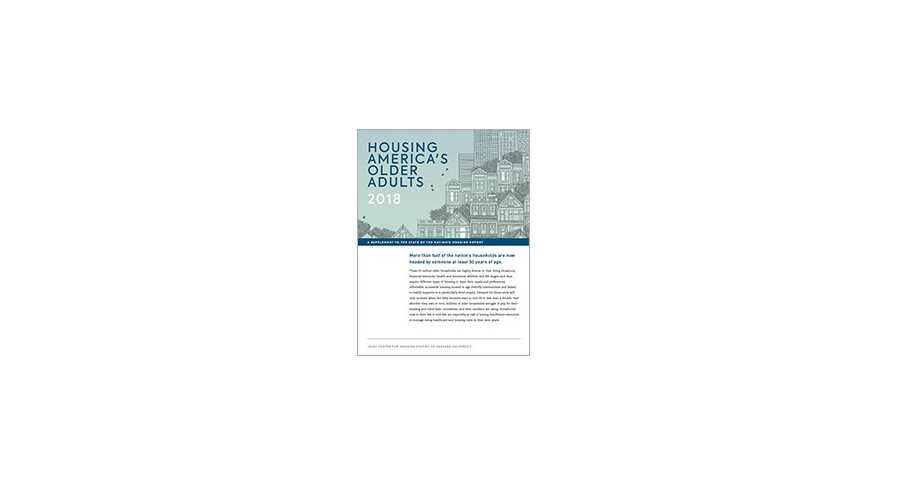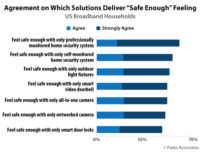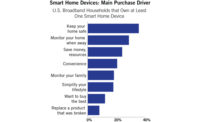More than half of U.S. households are headed by someone 50 or over, according to Housing America’s Older Adults 2018, a report being released Nov. 14 by the Harvard Joint Center for Housing Studies. The report predicts that the living arrangements, financial resources, health and functional abilities of those households will present serious challenges in the years to come.
The new report, which supplements the Center’s annual State of the Nation’s Housing report, cautions that baby boomers, who will soon begin turning 80, will increasingly need more accessible and supportive housing than currently available. It also warns that many households in their 50s and early 60s may not be financially prepared for retirement. Fewer of these households are homeowners or have built the wealth of their predecessors at the same age.
“We need to address gaps in the affordability and accessibility of our housing stock, both of which are essential to older adults’ independence and wellbeing,” said Jennifer Molinsky, the lead author of the report. “As the number of households in their 80s grows, it will be essential that we strengthen the links between housing, healthcare and other services.”
The report’s analyses of demographic, financial and geographic data highlight several other notable trends, including:
- There aren’t enough accessible units to serve the growing number of those with physical challenges: In 2016, 17 percent of households age 50 and over included someone who had difficulty climbing stairs or walking (including 43 percent of those age 80 and over). However, according to the most recent estimates available, only 3.5 percent of U.S. homes had three key features for those with mobility challenges: single-floor living, no-step entries and extra-wide halls and doors.
- Many of the most vulnerable live alone: The share of households 80 and over that are single-person reaches 57 percent. Among renters of the same age, 77 percent live alone. Single-person households in need of support or care must rely on non-resident or paid caregivers, yet also have lower incomes than larger households.
Given these trends, supportive and accessible housing will be in even greater demand for aging households in the years to come. Meanwhile, the combination of more lower-income older households and limited federal subsidies suggests that gaps in affordable housing will continue to widen, resulting in more older adults forced to cut back on necessities in order to pay for housing. Read the full report here. For more information on this topic and how it relates to the security industry, click here, here or here.








